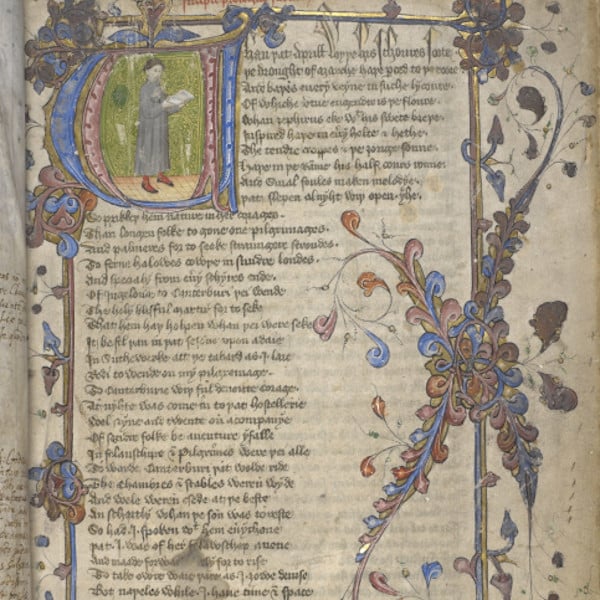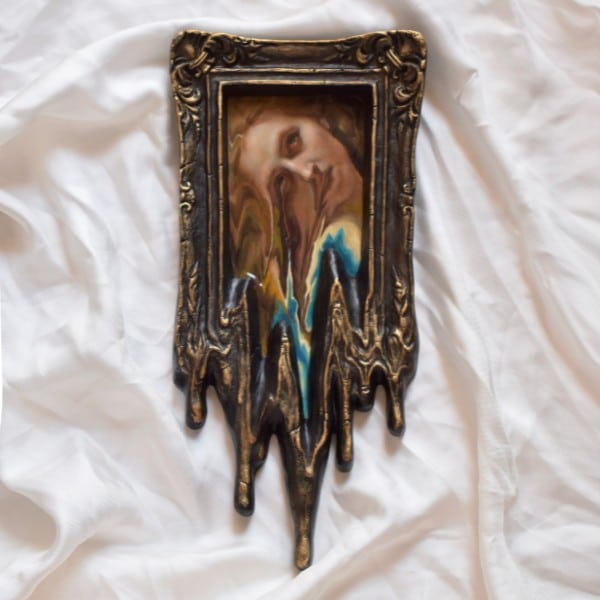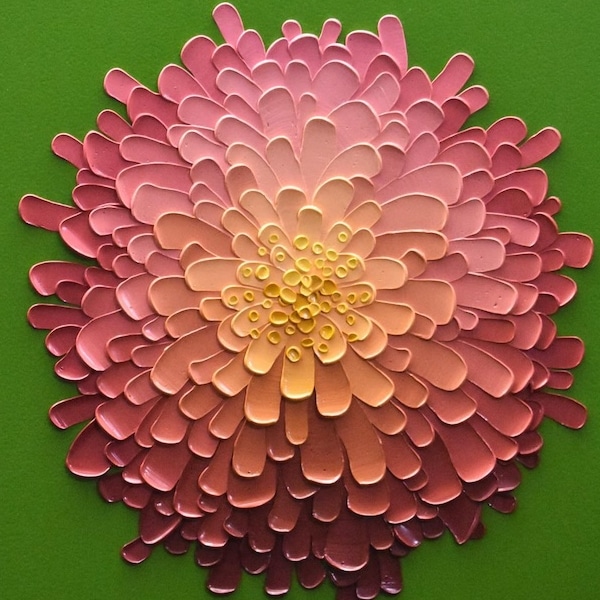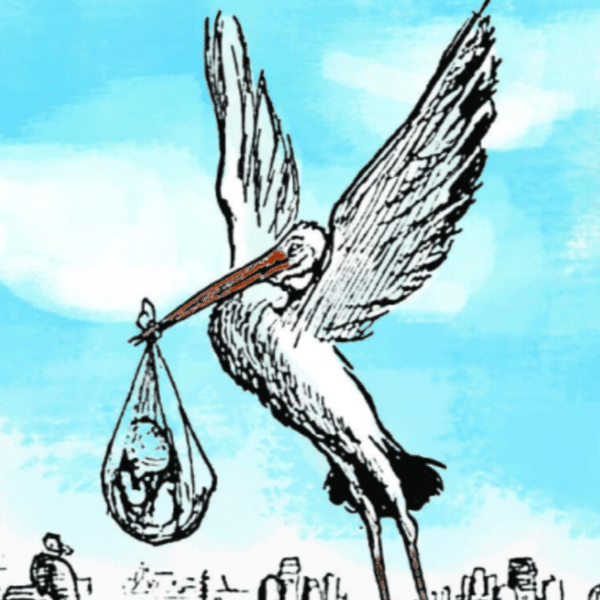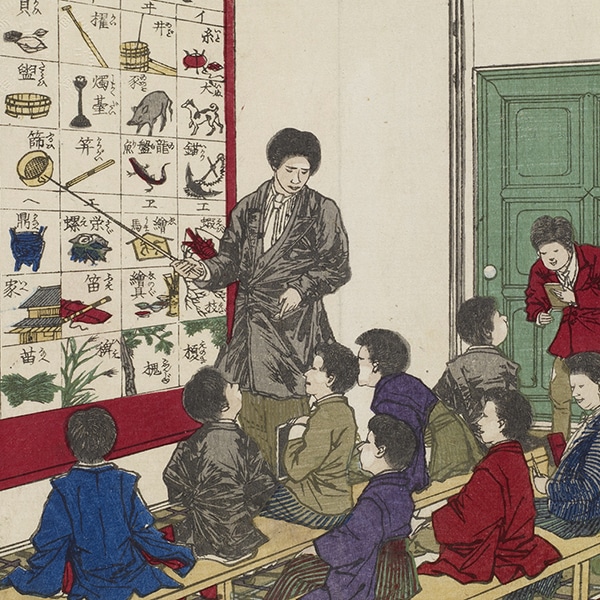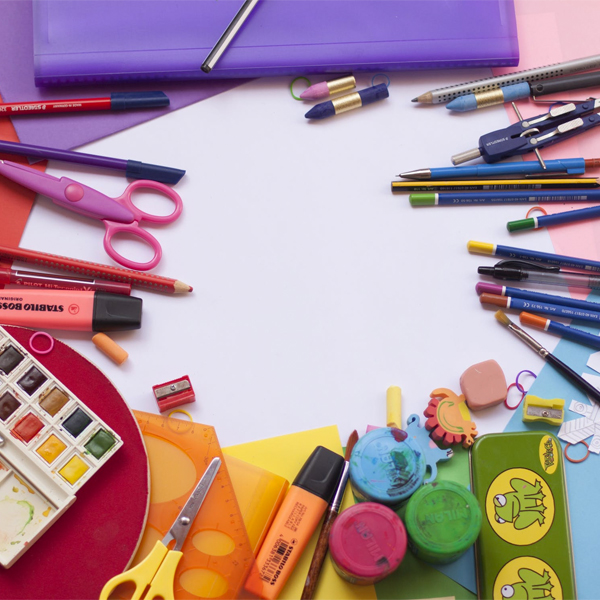Portrait Painting Tips for Beginners and Professionals Alike
Learn to be careful with color.
Sketching and making tiny adjustments to your drawing can be time-consuming. It’s tempting to want to start working in color and painting the fine details—that’s the fun part, after all! But both Miller and Hanna caution jumping into hues too soon.
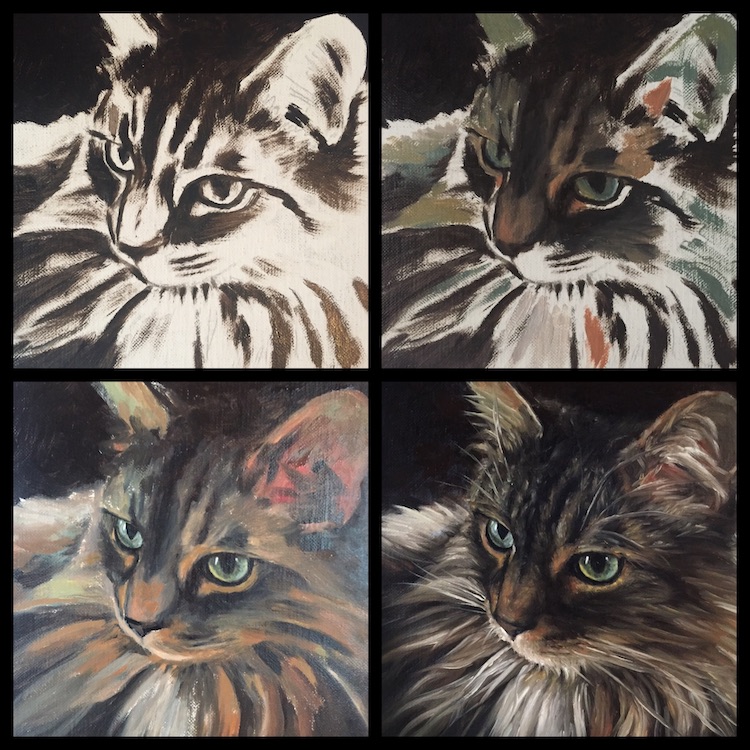
Shelley Hanna shows her painting progress after starting with the darkest areas first.
“Value is everything,” Hanna says. “Getting values correct is by far the most important of all portrait painting tips as far as I’m concerned. A drawing can be perfectly accurate, but will not look right because the values are too light. Novice and experienced painters make this mistake all the time.”
To get her values right, Hanna first blocks her darkest colors in and then works her way up to the lightest. “If I get my colors too light too fast, it’s really hard to tone them back down without everything getting foggy. That’s when you have to scrape off your paint and try again!”
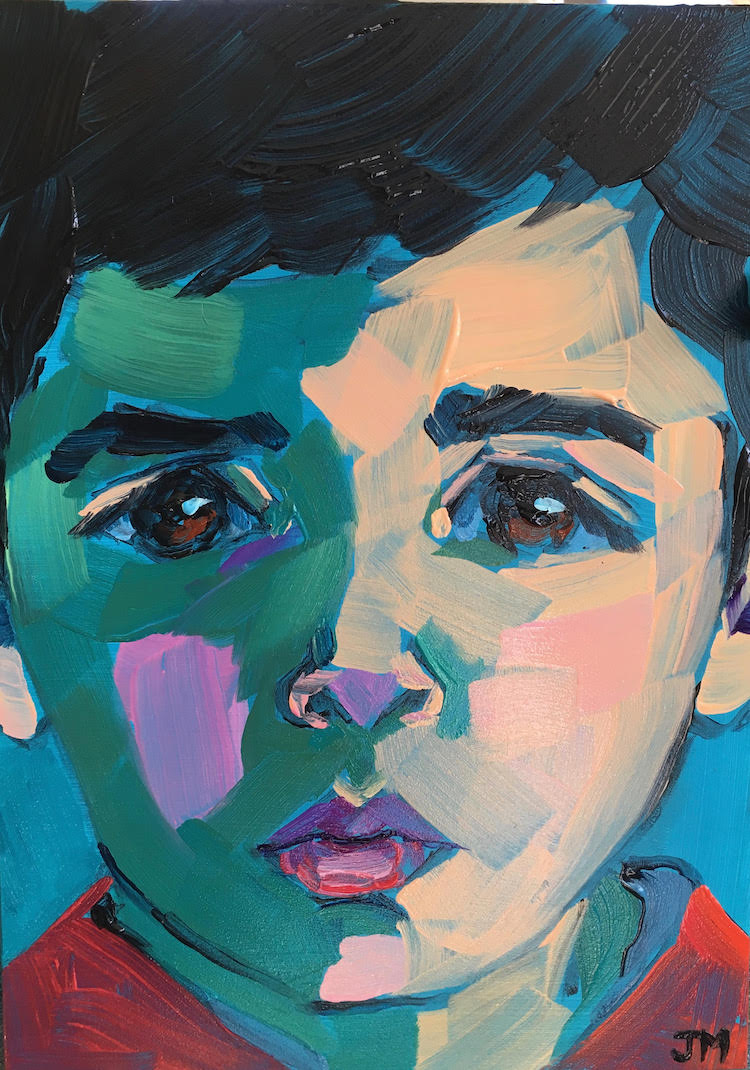
Artist: Jessica Miller
Likewise, Miller implores you to determine the values in your subject before mixing your hues. To make these decisions, continually ask yourself questions. “Which are the lightest? What falls in between?” Miller asks. “Is the underside of the nostril slightly darker than the wing of the nostril? But the wing is slightly darker than the top?” Miller ponders. “I love putting colors together in ways that make them pop, but one of the most important lessons I ever learned was that value is so much more important than color. You’ve got to pay attention to that first.”
And last but not least… practice your portrait painting!
You can read about all the approaches and theories of portraiture, but if you want to get better, you’ve got to paint… keep on painting. “One of the best ways I know how to get a likeness in portraits,” Hanna says, “is to practice doing a lot of portraits! I think people and animals are absolutely fascinating to draw and paint. Get curious about what you can learn from your subject not by talking to them, but by really looking at them and noticing what makes them unique.”
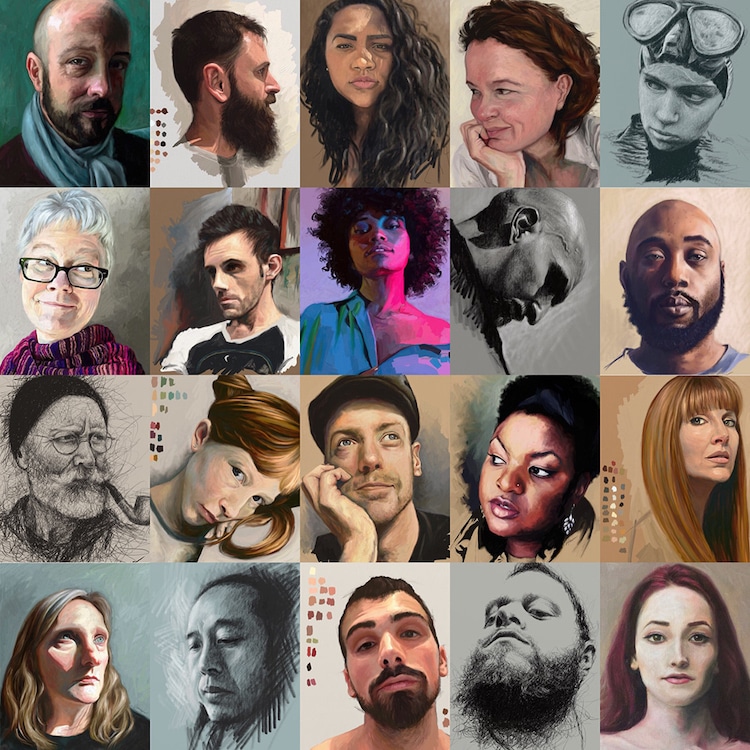
Artist: Shelley Hanna
Drawing and painting from life is a valuable experience, so whenever possible, opt to work in person. “Find opportunities to paint live models when you can,” Hanna suggests. “There is nothing better than learning from other artists and developing relationships within the art community.”
Looking for an online art community? Join our Art, Design, Photography, and Drawing Club on Facebook!
Related Articles:
8 Contemporary Portrait Artists Who Are Reinventing One of Art’s Oldest Subjects
These Are the History-Making Official Portraits of Barack and Michelle Obama
Artist’s Embroidered Portraits Use Thread Like Strokes of Inky Illustrations
Iconic Artists Who Have Immortalized Themselves Through Famous Self-Portraits











































































